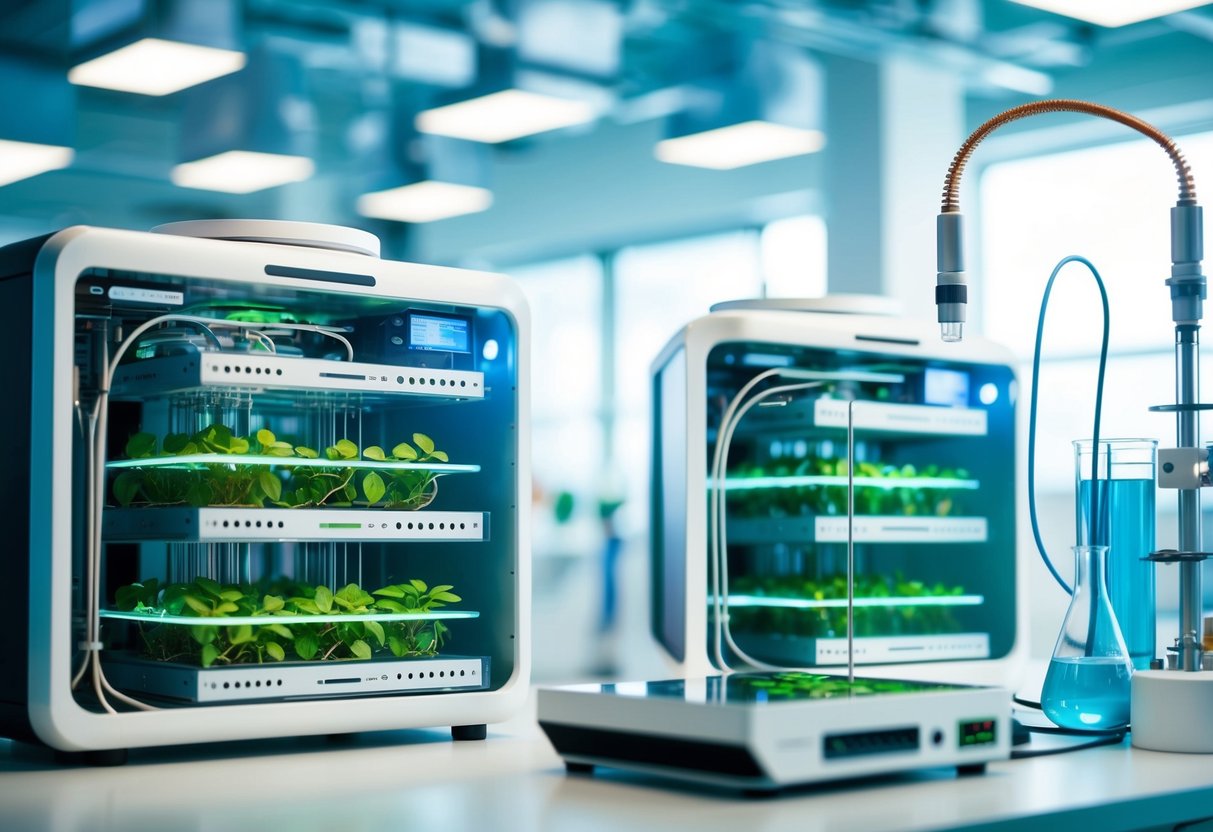
Biocomputing stands poised to redefine the landscape of computational hardware. This emerging field merges the complexity and efficiency of biological systems with traditional computing techniques, offering potential breakthroughs in processing power and capabilities. Biocomputing’s ability to integrate biological mechanisms with technological advancements can transform data processing, storage, and analysis.
The concept of a biocomputer leverages biological components such as DNA and proteins to perform computing tasks. Unlike traditional computers, which rely on binary systems, biocomputers harness the intrinsic properties of biological molecules to operate with unparalleled efficiency. This fusion of biology and computing heralds a new era of technological revolution.
Innovations in biocomputing promise to pave the way for systems that are more adaptable and environmentally friendly than their electronic predecessors. Researchers are exploring how these systems can be integrated into everyday applications, potentially offering solutions to complex problems in medicine, ecology, and artificial intelligence. These developments are not just incremental steps; they represent a fundamental shift in how computing may evolve in the coming years.
The Concept of Biocomputing
Biocomputing merges the principles of computing with the systems of biology, creating a shift from traditional electronic-based systems to innovative biological platforms. This integration explores the capabilities of neuronal networks and synthetic biology for advanced computational processes.
Understanding Biological Computing
Biological computing utilizes the mechanisms of living organisms to process and store information. This field primarily focuses on the use of DNA, proteins, and other biological molecules. DNA molecules, for instance, have the potential to encode vast amounts of data in a compact form. Neuronal networks, which mimic the processing power of the brain, offer insights into biological logic operations.
Synthetic biology plays a key role by engineering these biological components. It paves the way for creating biological circuits capable of performing complex computational functions. This area stands at the intersection of computer science, biology, and engineering, merging their methods and insights to expand the horizons of data processing capabilities.
From Digital to Biological: The Paradigm Shift
The transition from digital to biological paradigms signifies a substantial change in how data is handled and understood. Traditional silicon-based technologies face limitations in terms of miniaturization and energy efficiency. Biocomputing seeks to address these issues by leveraging the efficiency and versatility of biological systems.
In this shift, biological entities can perform parallel processing tasks more efficiently than electronic circuits. Neuronal networks provide models that surpass conventional computational models in processing speed and adaptability. As synthetic biology advances, it allows the design of programmable biological systems, creating avenues for developing more sustainable and efficient computing platforms. This evolution encompasses not just the technological aspects but also opens new pathways for understanding and harnessing biological data processing.
Biocomputer Fundamentals
Biocomputers represent an innovative fusion of biology and technology, utilizing biological components to process and store information. At their core, concepts of cellular architecture and synthetic logic gates are foundational.
The Architecture of Cellular Computers
Cellular computers are built using living cells engineered to perform specific computational functions. These cells often originate from bacteria or yeast, chosen for their robustness and ease of genetic manipulation. By altering DNA sequences, scientists program cells to respond predictably to various stimuli. These engineered cells act as units, similar to transistors in traditional computers, allowing for complex computations.
Key to the architecture is modularity. Cells are programmed to process inputs and generate outputs based on their specific pathways. This biological modularity makes complex operations such as parallel processing achievable. Each cellular computer works similarly to a network, coordinating various tasks across its cellular network.
Designing these systems requires precise understanding of gene circuits. Scientists must ensure that the cells maintain viability while achieving accurate biological computations. Although still developing, cellular computers promise efficient, sustainable, and compact systems capable of solving intricate problems.